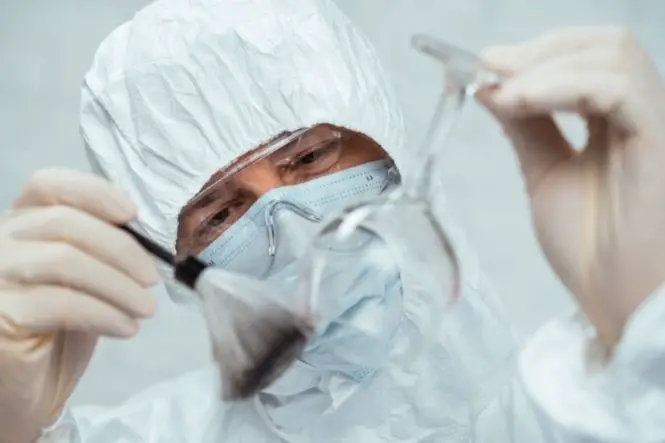Rape is a horrific experience for a person to experience but we are fortunate today in that forensic science has many tools at its disposal to process rape evidence. In turn, accurate and timely processing can help to identify a suspect and lead to a criminal conviction in court.
New Ways Of Processing Evidence
Recent work by a researcher in the United States has led to a new, more efficient approach to processing rape evidence. With this new method, the time needed to handle evidence in a rape kit has now been significantly lowered.
Instead of 24 hours being spent to process the DNA and perform an analysis, the time needed is now as little as half an hour to an hour. Not only that, but the ability to recover Sperm Cells has also been dramatically improved.
After A Sexual Assault
For a woman who has been sexually assaulted, collection of evidence typically involves using a cotton swab to take a sample from her vagina. A forensic laboratory then processes the sample. When a case is particularly well publicised in the media, there might be a ‘rush’ to have the sample processed more rapidly – often in cases where the accused is a public figure. For other cases, however, it can take months for processing to occur.
In fact, a sample might be stored for up to a year before it is analysed. Alternately, it may only be analysed nearer to a court date. Unfortunately, the storage can lead to degradation of the sample, which means that the results may be less accurate or difficult to interpret.
Laboratory Testing
To actually analyse the sample, female and male cells need to be identified and isolated from the swab. A unique detergent is used for this aspect of DNA processing. Technicians have to basically ‘soak’ cells in an enzyme that makes the female cells ready for DNA analysis.
Afterwards, an even more potent detergent is used to access DNA in sperm cells. The process itself takes a great deal of time, which not only compromises the trial but also means that the process drags on for the victim of the crime.
A swab has to also be taken from a suspect to determine if the DNA is a match for the DNA that was taken from the victim. The new method makes the process far more efficient because it means that the soaking process that is usually done for the duration of a night is no longer needed. Better still, sperm cells are more accurately recovered.
Challenges In New Methods For Rape Evidence
The biggest hurdle is probably getting laboratories to actually adopt this new method. That alone is a time-consuming process because changing procedures is far from being an overnight process. Still, it is hoped that the new method is examined by forensic laboratories because it could make a great deal of difference in getting better quality samples and results in a very efficient, timely manner.
Improved Methods Help Victims Of Rape
If this new method does end up being embraced by forensic science laboratories, the waiting times for the processing of rape evidence could possibly be reduced by several months. For people who have been raped, this can mean a quicker end to a very painful and distressing experience.


